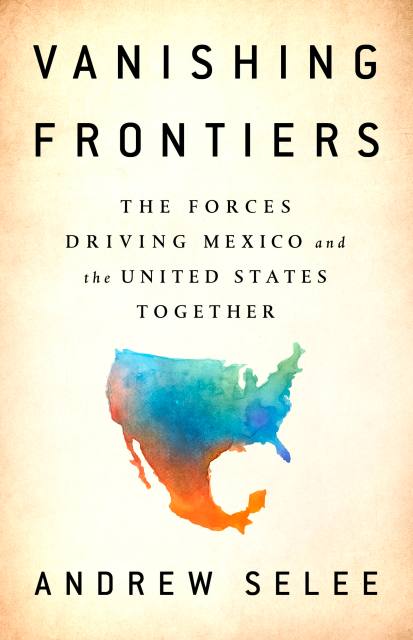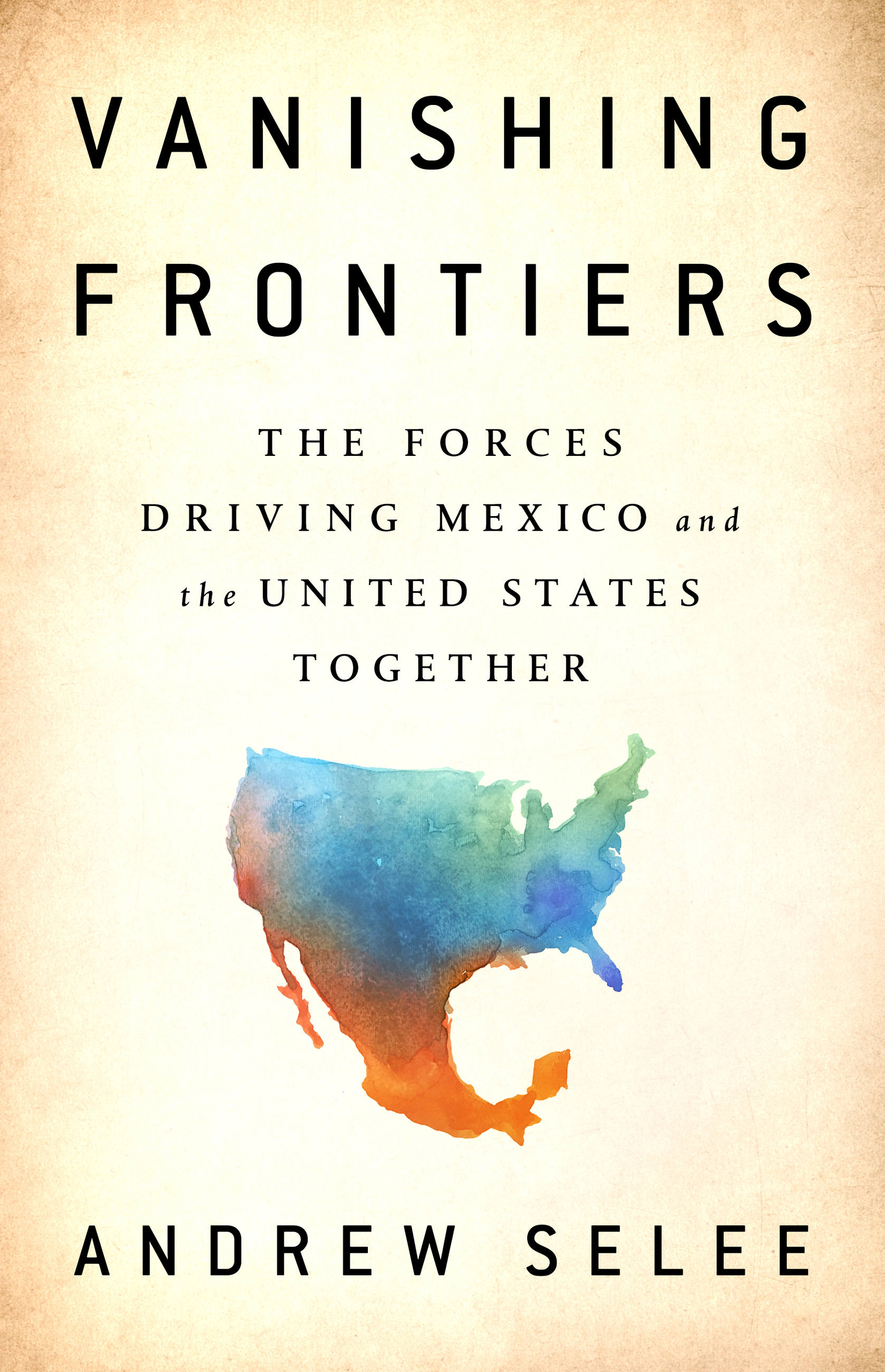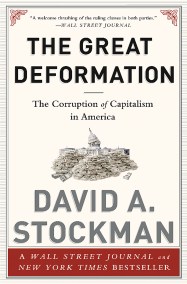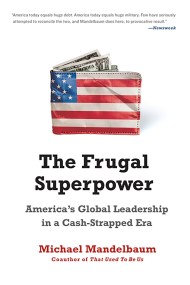Promotion
Use code MOM24 for 20% off site wide + free shipping over $45
Vanishing Frontiers
The Forces Driving Mexico and the United States Together
Contributors
By Andrew Selee
Formats and Prices
Price
$18.99Price
$24.99 CADFormat
Format:
- ebook $18.99 $24.99 CAD
- Hardcover $28.00 $36.50 CAD
- Audiobook Download (Unabridged)
This item is a preorder. Your payment method will be charged immediately, and the product is expected to ship on or around June 5, 2018. This date is subject to change due to shipping delays beyond our control.
Also available from:
Wall or no wall, deeply intertwined social, economic, business, cultural, and personal relationships mean the US-Mexico border is more like a seam than a barrier, weaving together two economies and cultures.
Mexico faces huge crime and corruption problems, but its remarkable transformation over the past two decades has made it a more educated, prosperous, and innovative nation than most Americans realize. Through portraits of business leaders, migrants, chefs, movie directors, police officers, and media and sports executives, Andrew Selee looks at this emerging Mexico, showing how it increasingly influences our daily lives in the United States in surprising ways — the jobs we do, the goods we consume, and even the new technology and entertainment we enjoy.
From the Mexican entrepreneur in Missouri who saved the US nail industry, to the city leaders who were visionary enough to build a bridge over the border fence so the people of San Diego and Tijuana could share a single international airport, to the connections between innovators in Mexico’s emerging tech hub in Guadalajara and those in Silicon Valley, Mexicans and Americans together have been creating productive connections that now blur the boundaries that once separated us from each other.
Genre:
- On Sale
- Jun 5, 2018
- Page Count
- 336 pages
- Publisher
- PublicAffairs
- ISBN-13
- 9781610399029
Newsletter Signup
By clicking ‘Sign Up,’ I acknowledge that I have read and agree to Hachette Book Group’s Privacy Policy and Terms of Use







